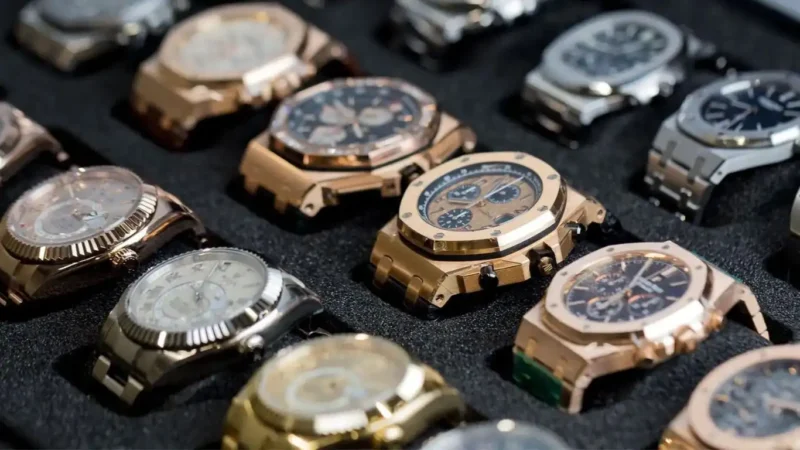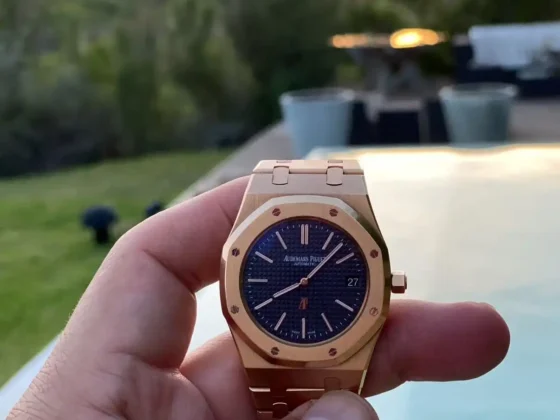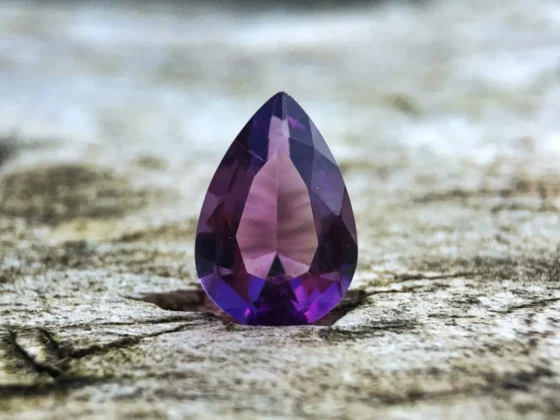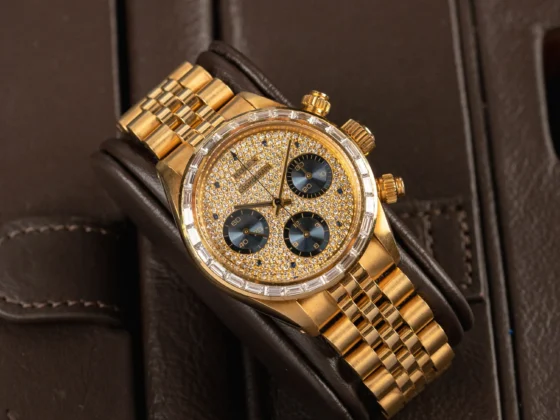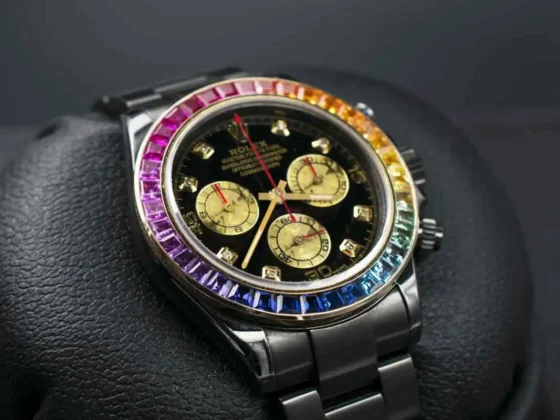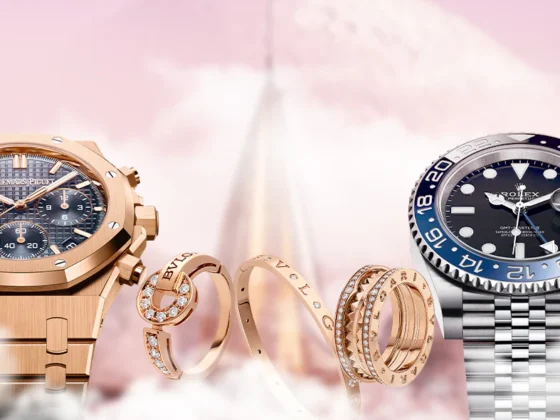In the world of luxury watches and high-end jewelry, many collectors are not only driven by passion but also by the financial potential of their acquisitions. However, knowing how to evaluate the investment value of these items can be challenging, given the volatility and niche nature of the market. This article offers expert insights into understanding the factors that influence the value and long-term appreciation of luxury timepieces and jewelry.
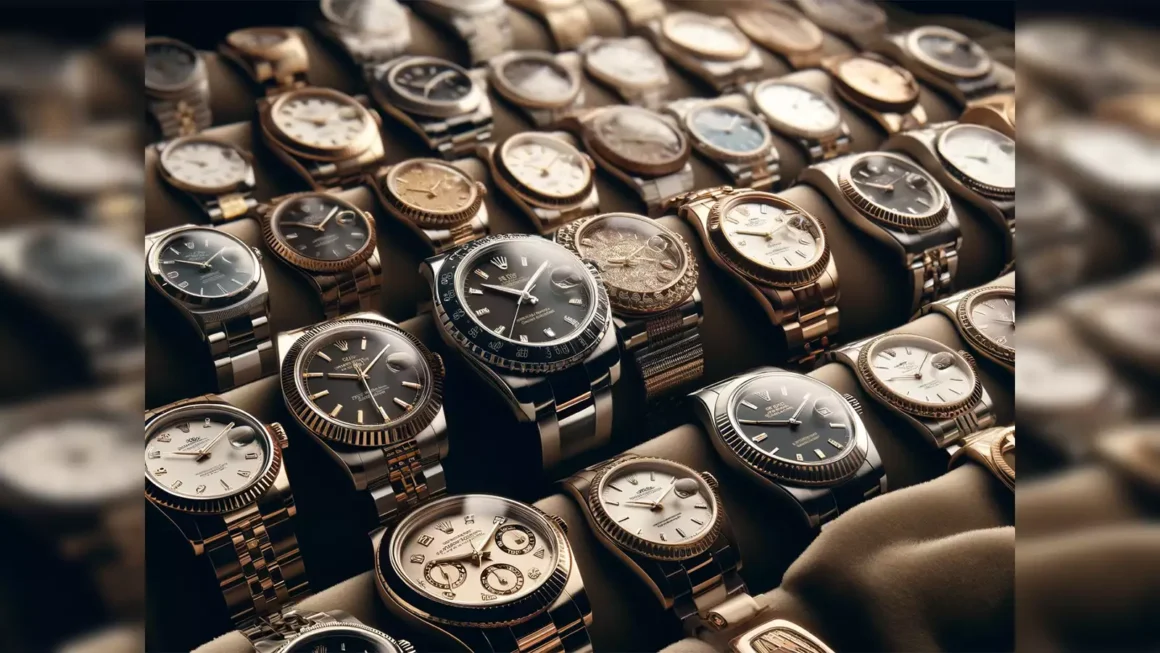
The Appeal of Luxury Watches and Jewelry as Investments
Luxury watches and high-end jewelry have traditionally been symbols of wealth, status, and personal style. Yet in recent years, they have gained recognition as valuable investment assets. With certain timepieces and jewelry appreciating in value over time, they offer more than just aesthetic pleasure—they represent sound financial opportunities.
Brands like Rolex, Patek Philippe, Audemars Piguet, and Cartier are among the most sought after by collectors, with pieces often fetching record-breaking prices at auctions. However, not all luxury items guarantee a return on investment. It’s essential to understand the key factors that influence a piece’s potential for appreciation.
Key Factors That Drive Value
Brand Reputation
When evaluating luxury watches and jewelry as investments, brand recognition plays a significant role. Iconic watchmakers like Rolex and Patek Philippe have established strong reputations over decades, if not centuries, and their models consistently hold or increase in value. Similarly, jewelry houses such as Cartier, Van Cleef & Arpels, and Tiffany & Co. have solidified their standing as investment-worthy brands. A strong brand name signals quality and craftsmanship, which tend to appreciate over time.
Rarity and Limited Editions
Rarity is one of the most influential factors in determining a watch or piece of jewelry’s investment value. Limited-edition models or rare vintage pieces often attract high demand due to their scarcity. The exclusivity of certain models increases their desirability, making them valuable assets for collectors.
For example, limited-edition collaborations or models produced in small numbers by brands like Patek Philippe and Audemars Piguet are known for commanding high auction prices. Similarly, one-of-a-kind high-jewelry pieces or gemstones with unique characteristics can fetch significant sums.
Condition and Authenticity
The condition of a luxury watch or jewelry item is critical in determining its investment value. Well-maintained, pristine pieces—especially those that retain original parts and have been professionally serviced—are worth considerably more than those that show signs of wear or have undergone extensive repairs. Ensuring authenticity is equally important, as counterfeits or watches and jewelry with non-original parts can drastically reduce the value.
Collectors should prioritize purchasing from reputable dealers, auction houses, or directly from the brand to ensure they are acquiring genuine items in the best possible condition.
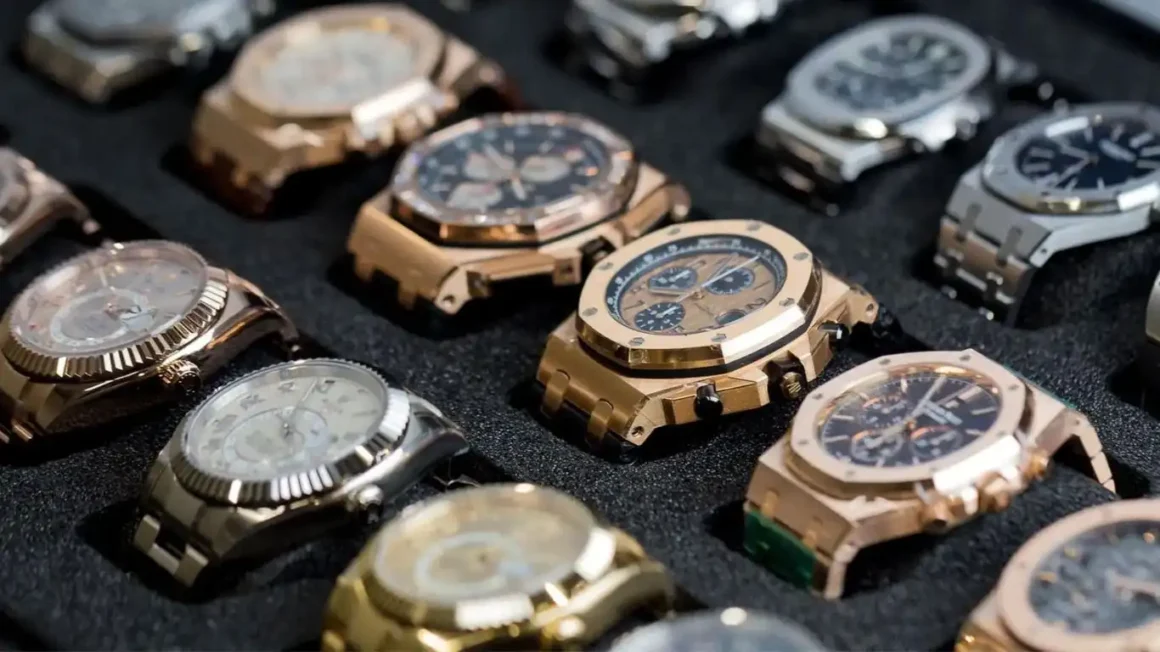
Watches as Investments: What to Look For
When assessing a luxury watch as an investment, it’s important to consider both aesthetic and financial factors. Some watches retain or increase their value due to historical significance, innovative design, or association with notable events or people.
Historical Significance
Watches with historical significance—whether linked to a famous event, a renowned individual, or a breakthrough in horological innovation—often hold high value. For instance, the Rolex Daytona is iconic due to its association with actor and race car driver Paul Newman, whose personal Daytona sold for $17.8 million at auction.
Materials and Complications
Timepieces made from rare materials or those featuring complex complications (e.g., perpetual calendars, moon phases, minute repeaters) tend to appreciate in value. Collectors are often drawn to such intricate craftsmanship, making these pieces valuable both as investments and collectibles.
Jewelry as an Investment: Key Considerations
Gemstone Quality
For high-end jewelry, the quality and rarity of gemstones—particularly diamonds, sapphires, emeralds, and rubies—play a vital role in determining investment value. Gemstones with rare qualities (e.g., rare color grades, flawless clarity) are sought after by collectors. For example, a natural fancy-colored diamond can command a significantly higher price than a traditional white diamond of the same carat weight.
Design and Provenance
Designer jewelry from prestigious houses such as Cartier, Bulgari, and Harry Winston carries substantial value, particularly if the piece has a well-documented history or famous ownership. Jewelry with unique design features or notable provenance often commands higher prices at auction and can be a strong long-term investment.
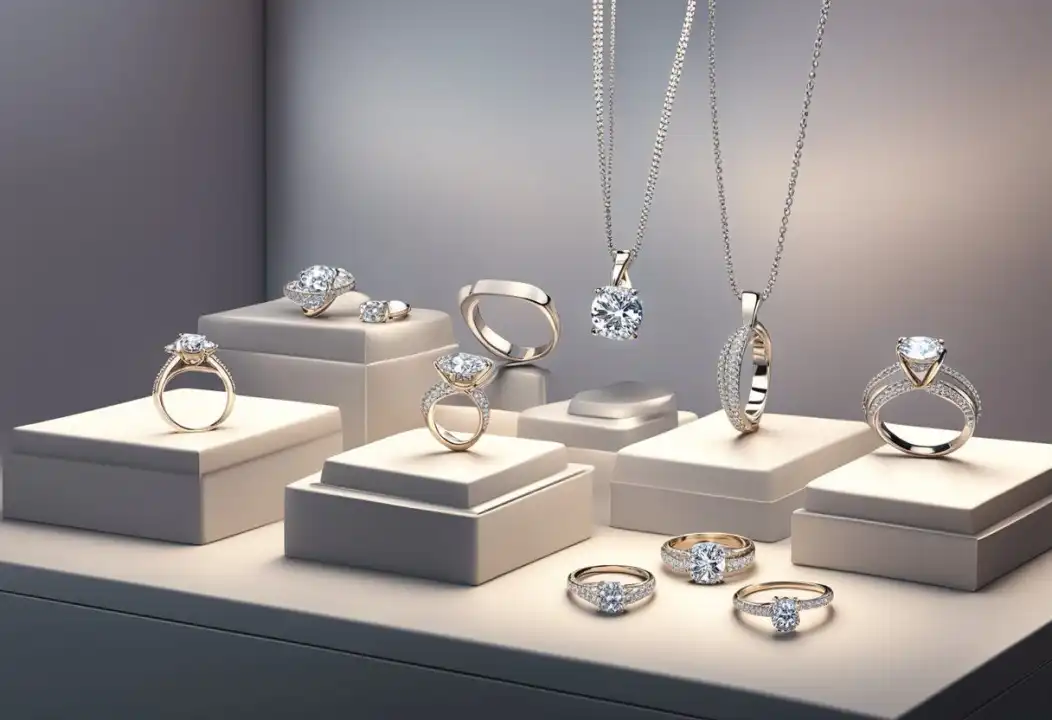
Understanding Market Trends and Timing Your Investments
The luxury watch and jewelry markets are influenced by various external factors, including global economic conditions, demand fluctuations, and shifts in consumer preferences. Staying informed about these trends is crucial for collectors looking to maximize their investments.
Auction Insights
Monitoring auction results from major houses such as Christie’s, Sotheby’s, and Phillips can provide insight into current market trends. Record-breaking sales often indicate rising demand for specific models or brands, which can signal good investment opportunities.
Long-Term vs. Short-Term Investments
Not all luxury watches and jewelry appreciate at the same rate. Some pieces may increase in value over a longer period, while others, especially limited editions, may spike in value soon after release. Determining your investment horizon is key—are you looking for short-term profit or long-term asset growth?
Conclusion: Making Informed Investment Choices
Evaluating the investment potential of luxury watches and jewelry requires a balance of passion and financial acumen. Understanding the market, recognizing key factors such as rarity, condition, and brand prestige, and staying informed about trends are essential steps in building a collection that can offer both personal and financial rewards.
Whether you’re acquiring a limited-edition watch or a rare gemstone piece, making informed decisions will allow you to curate a collection that holds its value—and perhaps even grows in worth—over time.


